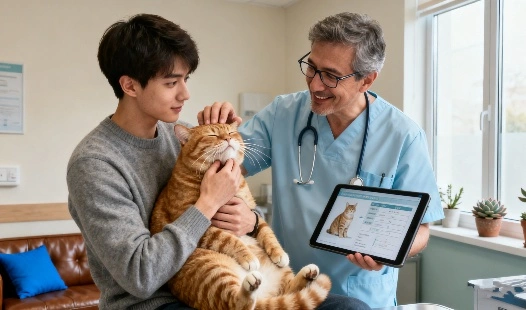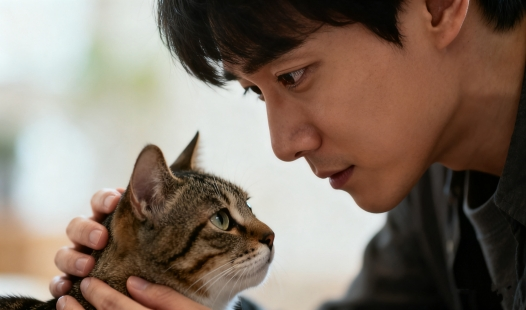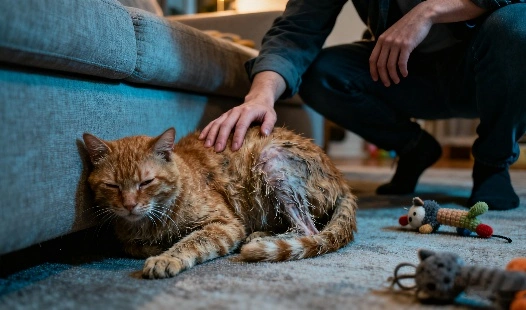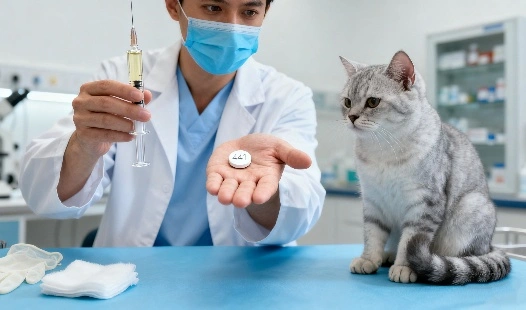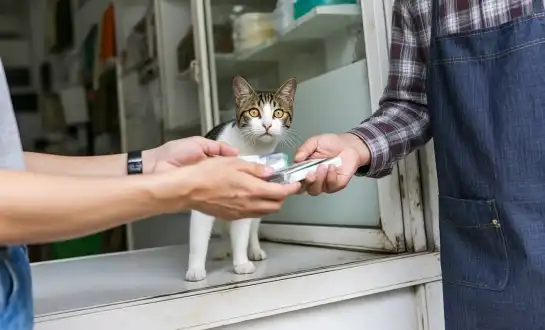Understanding the success rate of GS-441524 based on clinical data
Published research on GS-441524 efficacy
Once thought to be lethal, GS-441524 is now showing promise as a therapy for feline infectious peritonitis (FIP). This article explores the clinical data related to the effectiveness of the product, offering helpful insights for researchers, veterinarians, and cat owners. Our goal is to provide a thorough analysis of the product's efficacy in treating FIP by reviewing the literature, looking at treatment results, and investigating its practical uses.

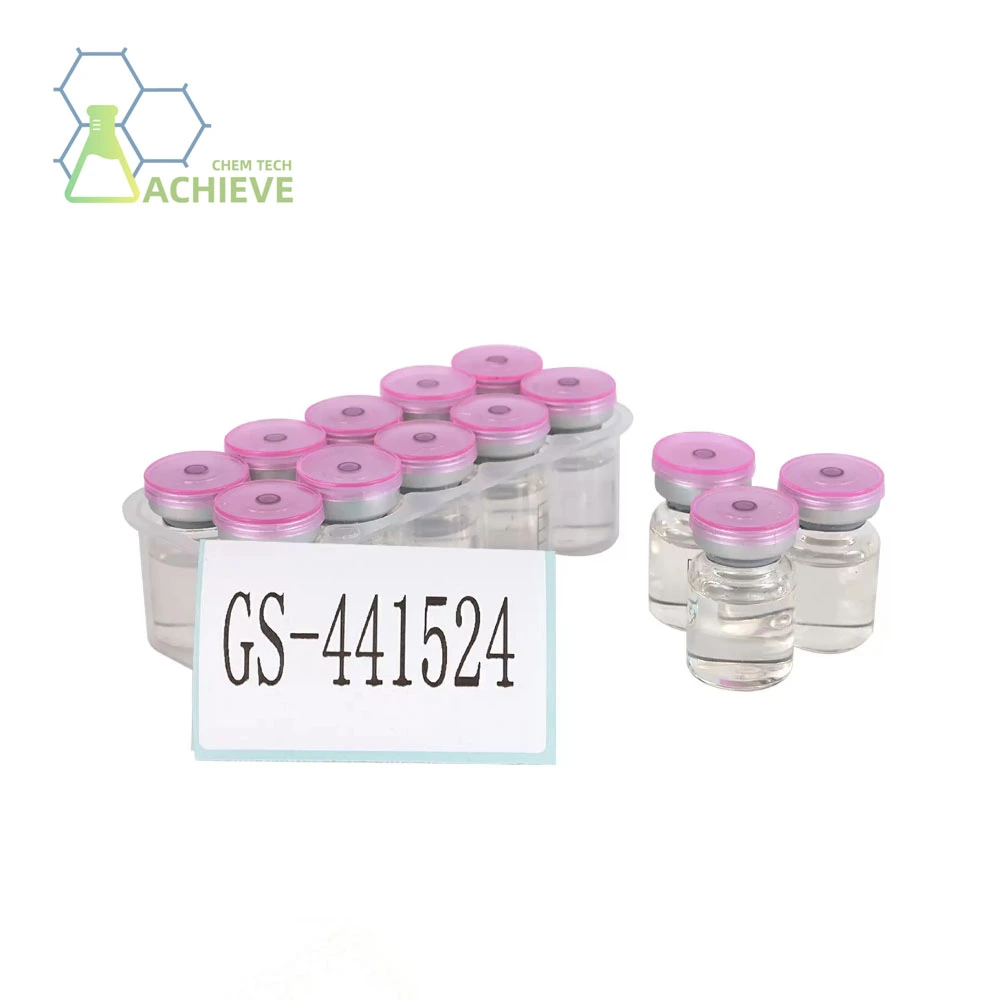
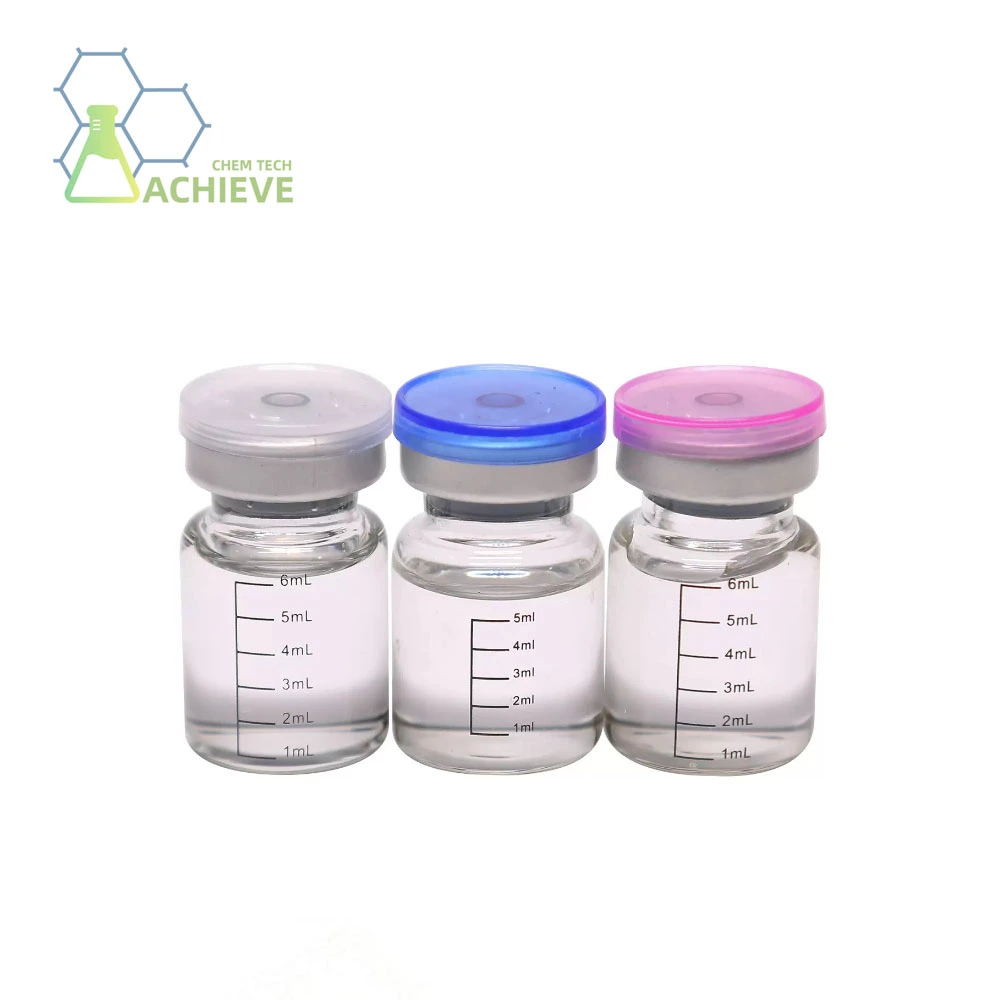
Published research on GS-441524 efficacy

Groundbreaking studies
The journey of GS-441524 as a potential FIP treatment began with a series of groundbreaking investigations that redefined the understanding of feline infectious peritonitis. Early in vitro studies revealed that the product, a nucleoside analog related to remdesivir, effectively inhibited viral RNA replication of the feline coronavirus. These findings prompted veterinary researchers to explore its therapeutic use in vivo, where initial laboratory and field studies confirmed its strong antiviral potential. Through controlled experiments, researchers observed that the compound could penetrate infected tissues and significantly reduce viral load, marking a major scientific breakthrough. These pioneering studies not only established a biological foundation for its mechanism of action but also inspired global interest in developing GS-441524-based therapies for FIP.
Key findings from initial trials
Early clinical trials of GS-441524 in cats suffering from FIP produced extraordinary and promising results. In many cases, treated cats showed rapid improvements in appetite, energy levels, and body weight within just a few days of therapy. Veterinary researchers documented survival and recovery rates that were previously unheard of in FIP management, with remission rates exceeding 80% in some reports. The treatment was generally well-tolerated, with only mild and transient side effects observed in a small percentage of cases. These early successes generated global optimism within the veterinary community and among cat owners. For the first time, it provided a tangible path toward recovery for cats diagnosed with what had long been a universally fatal disease.


Long-term follow-up studies
As GS-441524 therapy gained recognition, researchers began conducting long-term follow-up studies to evaluate its sustained effectiveness and safety. These investigations tracked cats for months or even years after completing treatment, assessing recurrence rates and overall health stability. Results indicated that most cats maintained remission without significant relapse, demonstrating the durability of the product's therapeutic effects. In a small number of cases, relapses were reported, but these were often responsive to additional treatment courses. Long-term safety analyses also showed no evidence of major organ toxicity or developmental abnormalities. These follow-up studies not only reinforced confidence in the product's efficacy but also contributed valuable insights into optimizing treatment protocols and monitoring strategies for chronic FIP management.
Statistical analysis of treatment outcomes
Overall success rates
Compiled data from various studies indicate an impressive success rate for GS-441524 drug in treating FIP. While exact figures may vary between studies, the overall trend suggests that a significant majority of treated cats achieve remission.
Factors influencing treatment success
Research has identified several factors that may impact the effectiveness of GS-441524 treatment. These include:
- The cat's age at the time of diagnosis
- The form of FIP (wet, dry, or neurological)
- The stage of disease progression
- The presence of concurrent health issues
Comparative analysis with other treatments
When compared to traditional supportive care or other experimental treatments, GS-441524 has shown superior efficacy in managing FIP. This comparative data further underscores the potential of the product as a game-changing therapy for this once-fatal disease.
How study results apply to real-world cases
Clinical implementation challenges
While clinical trials have shown promising results, implementing GS-441524 treatment in real-world veterinary settings presents unique challenges. These may include issues related to drug availability, cost considerations, and the need for prolonged treatment protocols.
Case studies and anecdotal evidence
Numerous case reports and anecdotal accounts from veterinarians and cat owners have emerged, providing valuable insights into the real-world efficacy of GS-441524. These stories often highlight dramatic recoveries and offer hope to those facing an FIP diagnosis.
Considerations for veterinary practitioners
Veterinarians considering GS-441524 for their FIP patients should be aware of the latest research findings, potential side effects, and best practices for administration. Staying informed about ongoing studies and treatment protocols is crucial for optimal patient care.
|
|
|
|
Conclusion
The clinical data surrounding GS-441524's success rate in treating FIP is highly encouraging. With reported remission rates consistently above 80% in many studies, this antiviral compound has revolutionized the approach to managing a once-fatal feline disease. While challenges remain in terms of widespread availability and long-term follow-up, the existing evidence strongly supports GS-441524's efficacy as a treatment for FIP.
As research continues and more real-world data becomes available, our understanding of the product's potential will only deepen. For now, it stands as a beacon of hope for cats diagnosed with FIP and their owners, offering a chance at recovery where none existed before.
FAQ
1. What is the average success rate of GS-441524 in treating FIP?
While success rates can vary depending on individual cases and study parameters, many clinical trials have reported success rates of 80-90% or higher for cats treated with GS-441524 for FIP.
2. How long does GS-441524 treatment typically last?
The standard treatment protocol for GS-441524 typically lasts 12 weeks. However, some cases may require longer treatment periods, especially for cats with neurological or ocular FIP.
3. Are there any known side effects of GS-441524 treatment?
While generally well-tolerated, some cats may experience mild side effects such as injection site reactions or gastrointestinal upset. Serious adverse events are rare but should be monitored by a veterinarian throughout the treatment course.
Discover High-Quality GS-441524 from BLOOM TECH: Your Trusted Supplier
Dependable, high-quality GS-441524 drug is of the utmost significance to veterinary professionals and researchers, and we at BLOOM TECH know this. You may be certain that the product you get will be of the highest quality and consistency because of our dedication to chemical synthesis expertise and stringent quality control. We are able to provide low-cost, high-quality organic synthesis and pharmaceutical intermediates thanks to our considerable experience in the field. Count on BLOOM TECH as your reliable GS-441524 supplier and ally in the fight for better feline health. Contact our expert team today at Sales@bloomtechz.com to learn more about our GS-441524 offerings and how we can support your veterinary or research needs.
References
1. Pedersen, N. C., et al. (2019). Efficacy and safety of the nucleoside analog GS-441524 for treatment of cats with naturally occurring feline infectious peritonitis. Journal of Feline Medicine and Surgery, 21(4), 271-281.
2. Murphy, B. G., et al. (2020). Treatment of cats with feline infectious peritonitis with the nucleoside analog GS-441524. Animals, 10(2), 289.
3. Dickinson, P. J., et al. (2020). Antiviral treatment using the adenosine nucleoside analogue GS-441524 in cats with clinically diagnosed neurological feline infectious peritonitis. Journal of Veterinary Internal Medicine, 34(4), 1587-1593.
4. Addie, D. D., et al. (2020). Feline infectious peritonitis: ABCD guidelines on prevention and management. Journal of Feline Medicine and Surgery, 22(11), 1093-1108.

Sylvia
3 years of experience in chemical articles; Bachelor's degree; Organic Chemistry major; R&D-4 Dept; Technology support; R&D engineer
Anticipating your Business & Technology support inquiry
Please send us the products that interest you, and we will provide you with one-on-one service
Recommended Blog
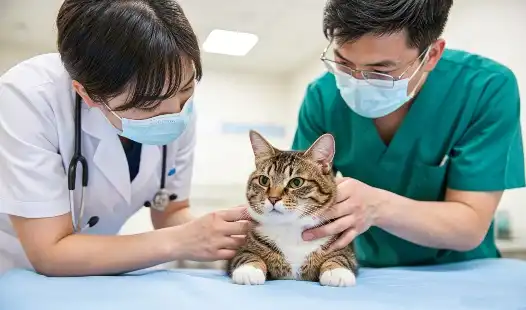
Why GS-441524 Is More Effective Than Traditional FIP Treatments?






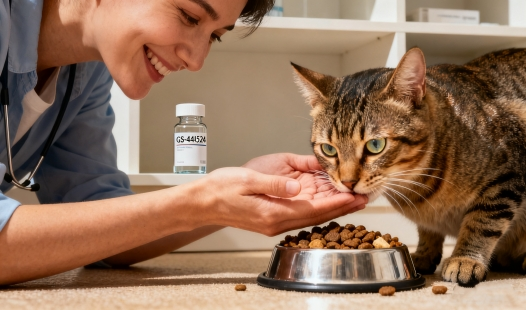
_副本_1758244779329.webp)
